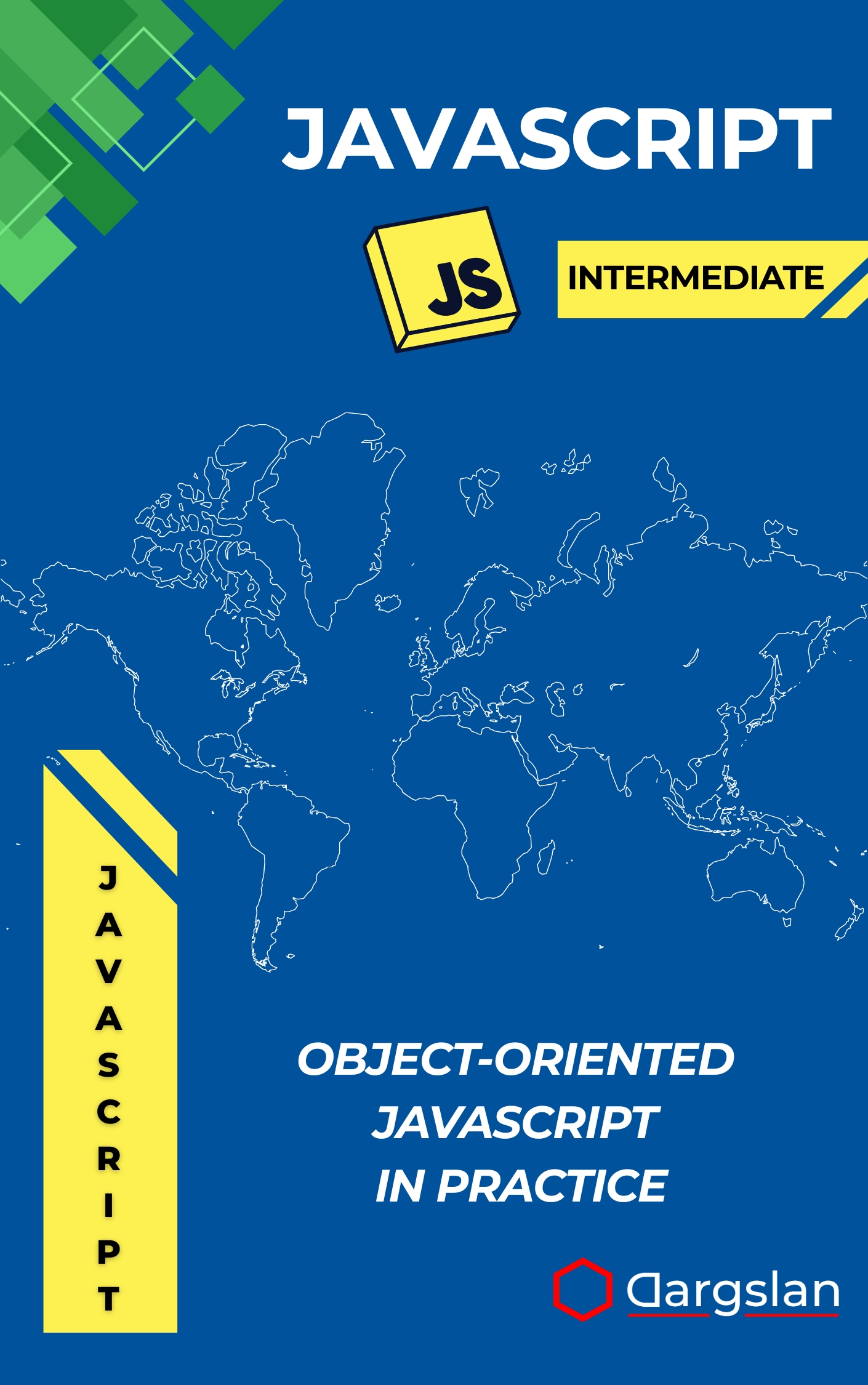Object-Oriented JavaScript in Practice
Object-Oriented JavaScript in Practice,Apply OOP principles in JavaScript to create scalable, maintainable web apps.

Ready to take your JavaScript from quick scripts to reliable systems? This book shows you how to apply object-oriented thinking the right way in a language built on prototypes, not classes. With practical projects and modern patterns, you’ll turn messy code into scalable, maintainable architecture you can trust in production.
Build Scalable and Maintainable Applications Using OOP Principles in Modern JavaScript
Overview
Object-Oriented JavaScript in Practice is the IT book and programming guide that turns core theory into buildable, real-world solutions. As a technical book for modern web development, it demonstrates how to Build Scalable and Maintainable Applications Using OOP Principles in Modern JavaScript while embracing the language’s strengths. You’ll explore JavaScript objects and prototypes, ES6 classes and inheritance, constructor functions and this binding, static methods and properties, getters and setters implementation, encapsulation and data privacy, polymorphism and method overriding, and composition versus inheritance patterns with clarity and depth.
Alongside foundational topics, you’ll work through design patterns in JavaScript, the Object.create() method, and JavaScript OOP best practices that improve code organization and architecture across front-end and back-end projects. Three guided builds—task management application development, interactive quiz system creation, and RPG character system implementation—connect each concept to a practical scenario, so you learn by doing and see how to scale features without sacrificing maintainability.
Who This Book Is For
- Front-end engineers ready to move from components to cohesive systems. You’ll learn how to translate UI features into clean object models, organize state with encapsulation, and apply composition patterns that keep codebases easy to extend.
- Back-end and full‑stack developers coming from Java, C#, or Python. Map familiar OOP ideas to JavaScript idioms, master ES6 classes, static members, and getters/setters, and apply design patterns cleanly in Node.js services and shared libraries.
- Self-taught JavaScript developers who want professional-grade structure. Elevate your apps through hands-on projects, gain confidence with prototypes and classes, and ship features faster by reducing bugs and duplication.
Key Lessons and Takeaways
- Model real-world domains with objects that express intent. Use encapsulation and data privacy to protect state, expose focused methods, and craft APIs that are simple to test and evolve.
- Master the prototype chain and class syntax—without confusion. Learn when to use Object.create(), constructor functions, or ES6 classes, avoid common this pitfalls, and implement polymorphism and method overriding elegantly.
- Prefer composition over inheritance for flexibility. Create reusable behaviors with composable modules, apply strategy, factory, and observer patterns, and structure code for maintainability, performance, and clear boundaries.
Why You’ll Love This Book
You get step-by-step explanations paired with immediately applicable exercises, so every chapter produces a concrete skill you can use at work. The writing is crisp and practical, contrasting inheritance with composition, showing trade-offs, and illustrating how design patterns in JavaScript reduce complexity. Detailed examples, checklists, and mini-refactors help you reason about code organization and architecture beyond syntax, making your applications easier to test, scale, and maintain.
How to Get the Most Out of It
- Follow a progressive path: start with JavaScript’s object model and prototypes, then move to ES6 classes and static methods, and finish with patterns and advanced techniques. Capture rules-of-thumb as you go—like when to favor composition or how to design clean public APIs.
- Apply ideas to your existing codebase in small steps. Refactor one module to use getters and setters for controlled access, extract a factory to manage object creation, and introduce encapsulation to prevent accidental state mutation. Use unit tests around public methods to validate behavior as you refactor.
- Reinforce learning with mini-projects: extend the task manager with priorities, persistence, and a pluggable storage strategy; enhance the quiz system with polymorphic question types and scoring rules; evolve the RPG character system with inventory, equipment, and composition for abilities.
Get Your Copy
Encourage readers to take action with a strong CTA:




